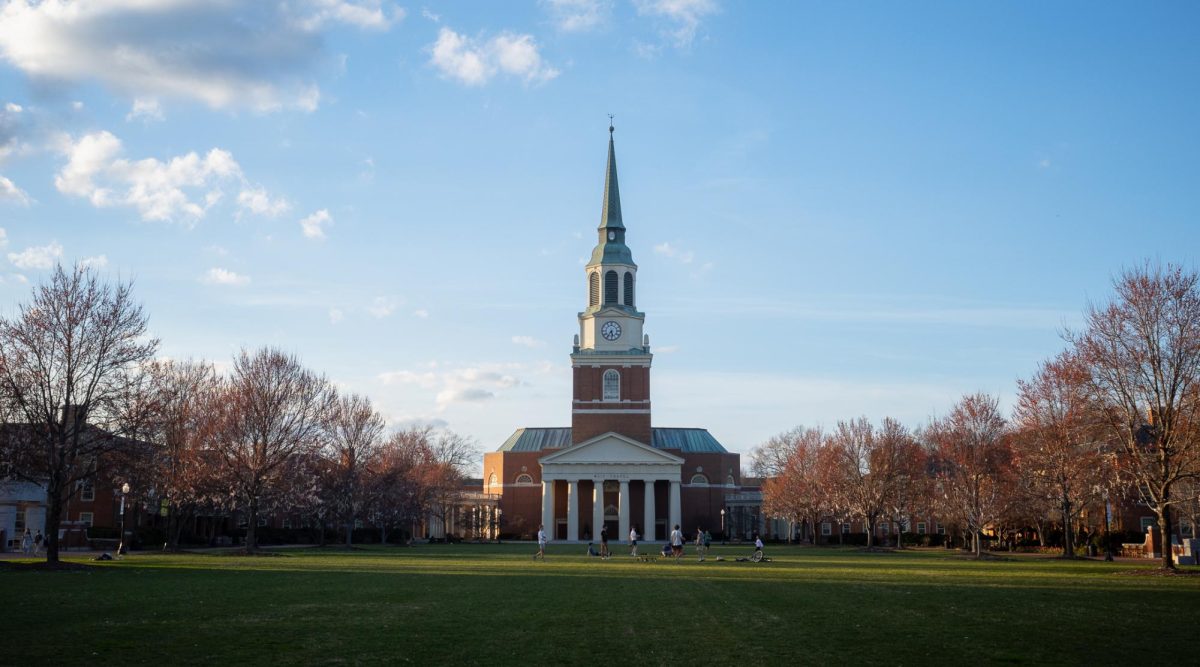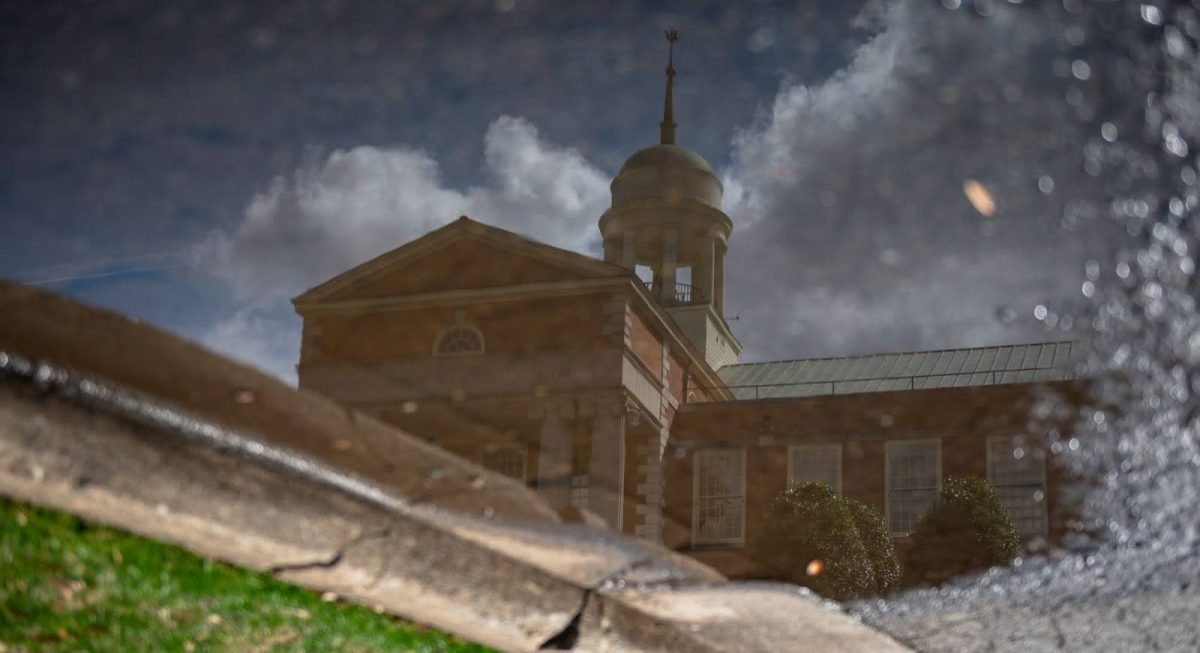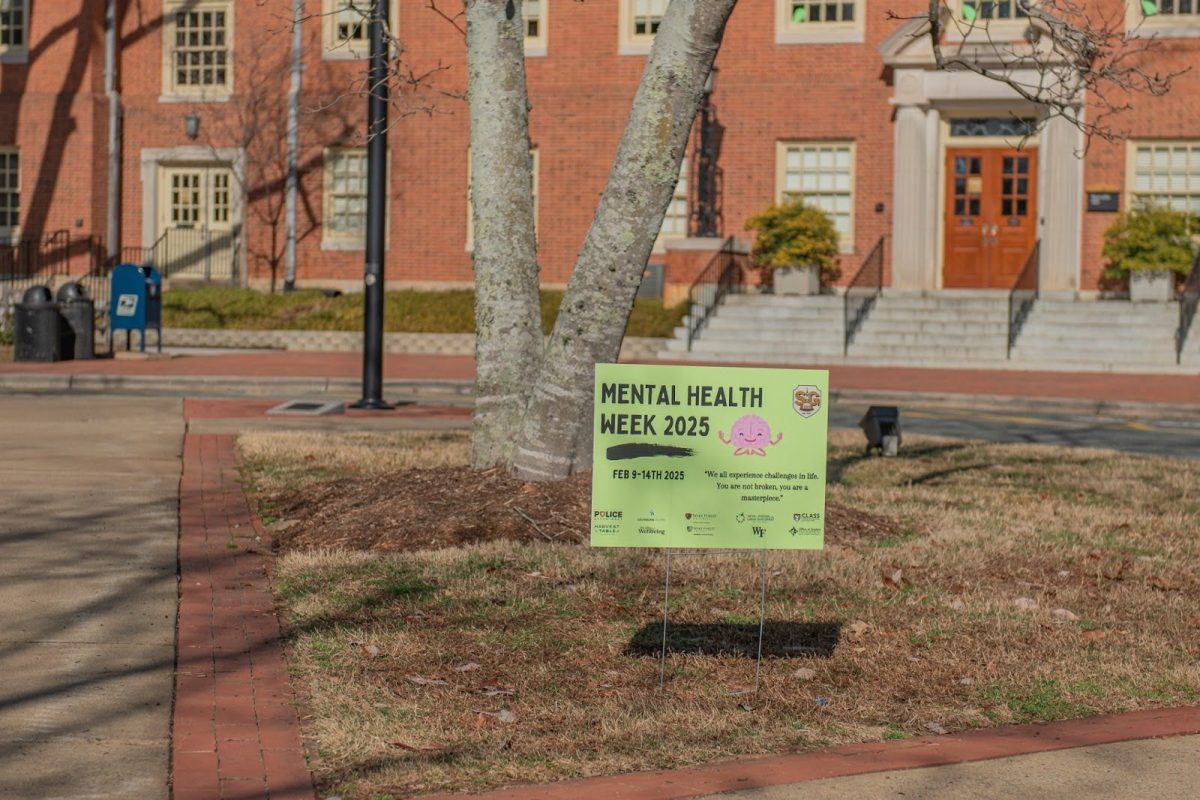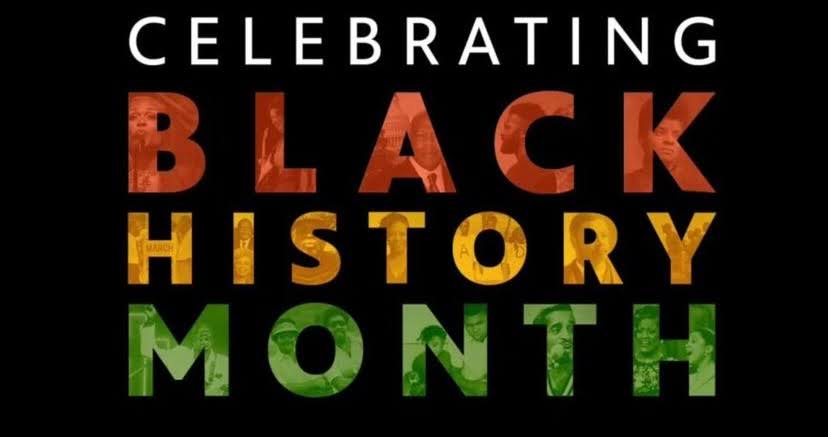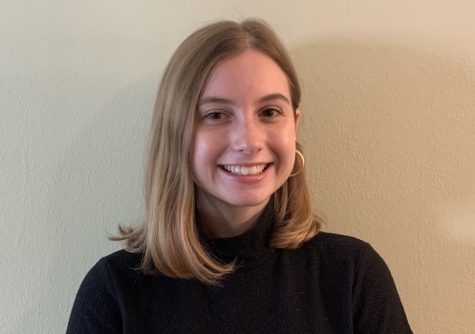After releasing the commission on Race, Equity and Community’s final report in early June, President Nathan Hatch sent an email to the university on Sept. 5 to provide an update on diversity and inclusion efforts at Wake Forest. Detailing changes across three categories — student experience, campus climate and community engagement — Hatch shared progress updates in relation to the 20 recommendations set out by the commission’s final report.
According to Hatch, the demographic breakdown of the class of 2024 marked an increase in domestic students of color, who represent 24% of the class (as compared to 21% last year). He also notes further representation of Pell Grant recipients and first-generation students. These updates coincide with the first two recommendations proposed by the commission. Their first recommendation calls for an increase of the financial aid budget by 2034, and provides two different pathways for doing so. The second one recommends changes to both the recruitment process and the philosophy of admissions, in which they highlight the benefits of building relationships with community-based organizations.
These two recommendations, alongside the 18 others, are the product of months of effort from the commission on Race, Equity and Community — which was spearheaded by Vice President of Diversity and Inclusion José Villalba and Associate Dean for Faculty Recruitment, Diversity, and Inclusion Erica Still, and included students, faculty and staff from across campus. As noted by Hatch, the updates provided in his Sept. 5 email are part of a continuous and long-term effort to implement many of the commission’s recommendations.
“We know these are complex issues, and while it would be amazing to achieve all of the recommendations in a short timeframe, we recognize that steady progress and ongoing commitment are the most important outcomes. Some of this work is already well underway; for example, there is support for the Wake Forest Freedom School and for the African American Studies Program,” Still and Villalba said in a joint statement to the Old Gold & Black. “In this regard, we feel the steps taken this summer, in conjunction with our plans for operationalizing the recommendations this fall, are reflective of and in line with the pace and nature of diversity, inclusion and equity work.”
Still and Villalba also noted progress in the recent implementation of the Realizing Inclusion, Diversity and Equity (RIDE) framework on campus, a program for working towards diversity and inclusion goals at the individual, departmental/organizational and institutional level.
When discussing the student experience, Hatch also noted the introduction of a diversity, equity and inclusion educational model that undergraduate students are required to complete beginning this semester.
Junior Ally Swartzberg, who served on the student social belonging subcommittee, echoed the notion that implementing all of the changes outlined in the report will take substantial effort and time.
“The new diversity, equity and inclusion training module for first year students and the critical gaze directed on the cultural diversity requirement are important steps. I’m also optimistic about the formation of committees to further assess our practices as an institution and implement real, tangible changes,” Swartzberg said. “I am also realistic, and I think what can be done with all the COVID-19 regulations is limited. I think if we look at the recommendations and the current environment, we can remain hopeful that they will be implemented, but some of the goals may take a little longer with everything else pulling focus.”
Two further recommendations were also noted in Hatch’s update letter: addressing bias in the faculty hiring process and the possible renaming of buildings on campus. Specifically, Hatch announced the creation of an advisory committee on naming that will focus on researching the context of buildings, roadways or other structures named after university figures. The committee, which is co-chaired by Trustee Donna Boswell and Dean of the Divinity School Jonathan Lee Walton, will make recommendations to Hatch and the Board of Trustees on whether to remove and rename a structure, or to further contextualize it.
Although the university has not announced further plans or details about this committee, it is possible that buildings such as Wait Chapel, Poteat and Taylor residence halls will be considered in this work.
According to the 1840 U.S. Census, Samuel Wait, who served as president of Wake Forest from 1833 to 1846, owned four slaves. Serving as president of the university from 1884 to 1905, Charles Taylor is also documented as having served for the Confederate Army during the Civil War. As chronicled in a collection on Taylor from the University of Virginia’s Special Collection Department, he served under both General Robert E. Lee and General Stonewall Jackson. William Poteat, who was university president from 1905 to 1927, was extensively involved in the movement supporting eugenics.
“Whether the Commission on Race, Equity, or Community or the Slavery, Race and Memory Project, campus leaders have worked diligently to tell a broader, and more inclusive, story about the history of Wake Forest University,” Walton explained to the Old Gold & Black. “The names honored throughout the campus must reflect their work.”
In the last section of his message, Hatch outlined efforts to enhance the university’s community engagement. Alongside an announcement that Wake Forest is participating in an effort to raise $1 million for Black-owned businesses in Winston-Salem, he also outlined the Boston-Thurmond Community Network initiative. This community effort will focus on supporting the Boston-Thurmond neighborhood, which has been disproportionately affected by COVID-19 both in terms of the health and economic impacts.
As the report was released in the thick of protests decrying the death of George Floyd at the hands of police, Still and Villalba explained how the commission’s report attempts to grapple with the pervasiveness of systemic racism.
“It starts by acknowledging the roots of the problem and then connects that history to the contemporary moment. In other words, the report builds the bridge between a history of slavery and the ongoing manifestations of the racism that made slavery possible. We have to recognize that the racism we decry today is grounded in a longer pattern,” Still and Villalba said. “We also have to recognize that the civic demonstrations and protests we see today are part of a larger history as well — the fight against racism is not new, and the antiracist work we are doing now flows from a long tradition. The report attempts to name the history — both good and bad — that brings us to this sustained movement. Then it attempts to set a path forward, to help imagine and to institute steps toward a more equitable and just society.”
Junior Kate Pearson, who served on the commission, similarly noted that this report is only one dimension of the work that needs to be done.
“We need to tear down the walls of white supremacy brick by brick and replace them with equitable structures promoting inclusivity, access and justice. In the grand scheme of things, this report is just a first step, but certainly one in the right direction,” Pearson said. “I would like to see more radical investment in anti-racist work throughout the campus and not just from Black and Brown students, faculty, staff and their allies. I want every student to feel invested in the work and push for positive change.”








